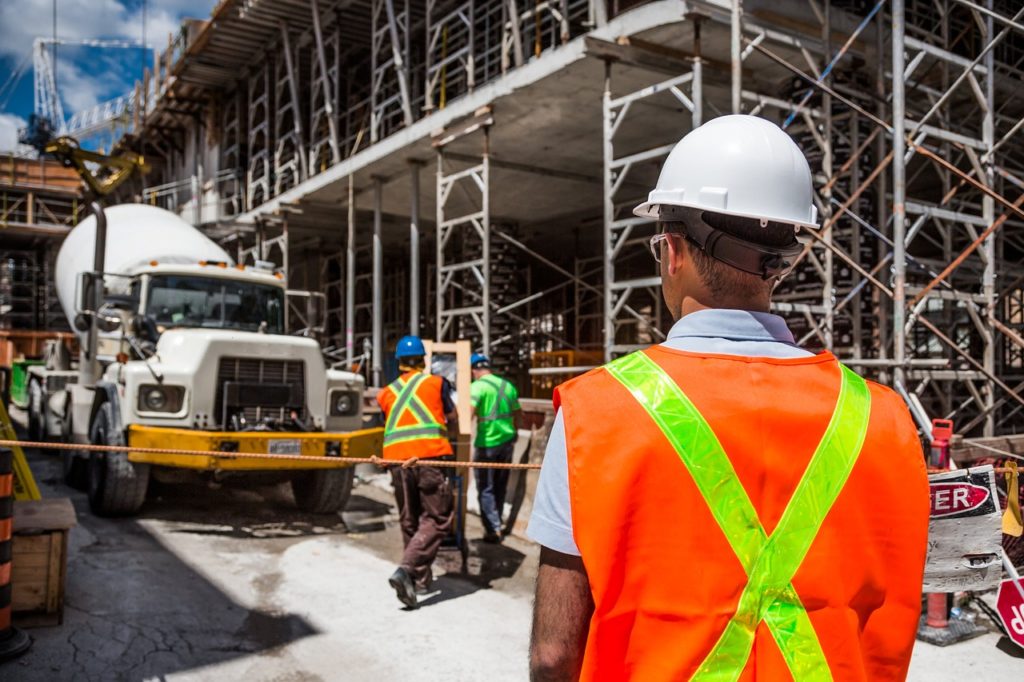Construction accidents can lead to TBIs with life-altering consequences.
Traumatic brain injuries (TBIs) are common among construction workers due to the numerous risks associated with the job. These injuries can have a profound impact, potentially resulting in permanent brain damage.
The frequency of TBIs in construction accidents raises crucial questions: How common are these injuries, and what are the root causes behind them? More importantly, what proactive measures can be taken to mitigate the occurrence of TBIs at construction sites? Occupational Health & Safety Magazine offers valuable insights into enhancing safety protocols for construction sites.
With years of dedicated service to injured workers across New York, our experienced construction accident attorneys at Pasternack Tilker Ziegler Walsh Stanton & Romano, LLP are here to help those affected by TBIs and other construction-related injuries. If you or a loved one has suffered a traumatic brain injury in a construction accident, contact us today to review your potential legal options.
What is a traumatic brain injury (TBI)?
In essence, a TBI is a severe brain injury resulting from various causes, such as a direct impact to the head, sudden acceleration or deceleration forces affecting the brain's movement within the skull, or even the penetration of a foreign object into the brain.
Regardless of the specific triggering event, the repercussions of a TBI can be profound and life-altering. This underscores the critical importance of immediate medical evaluation for anyone who suspects they may have suffered a TBI in a construction accident. Swift medical attention ensures a prompt and accurate diagnosis through essential diagnostic tests, enabling appropriate treatment and care to begin promptly.
How common are construction accident TBIs?
TBIs rank among the most frequently occurring injuries in the construction industry. A report released in 2022 by the Centers for Disease Control and Prevention (CDC) reveals that the construction sector experiences the highest incidence of both fatal and nonfatal TBIs compared to other professions in the United States.
To provide perspective, from 2003 to 2010, a staggering 2,210 construction workers tragically lost their lives due to work-related TBIs. This alarming figure accounts for 25 percent of all construction fatalities, while it represents 24 percent of all TBI-related workplace fatalities across all industries during this timeframe, per the 2022 CDC report.
Types of traumatic brain injuries (TBIs)
Various forms of traumatic brain injuries (TBIs) can be sustained in construction accidents, and their severity hinges on factors such as the force of impact and the rapidity with which the brain is displaced. These include:
- Mild TBI (Concussion): Typically characterized by the absence of loss of consciousness, mild TBIs are commonly referred to as concussions.
- Moderate TBI: This form of TBI represents a more serious category, involving a loss of consciousness ranging from 30 minutes to 24 hours.
- Severe TBI: Severe TBIs are marked by extended unconsciousness exceeding 24 hours.
Other notable types of TBIs include:
- Diffuse Axonal Injury (DAI): DAI results from the tearing of the brain's connecting nerve fibers, known as axons, often stemming from rapid rotational movement of the brain within the skull.
- Penetrating Brain Injury: This type occurs when an external object punctures the skull and breaches the brain's protective barriers.
Common causes of head injuries in construction
Head injuries in construction are often the result of a variety of factors, such as:
- Falling Objects: Construction workers are susceptible to TBIs when tools, building materials, and other objects fall and strike them on the head.
- Falls from Heights: TBIs may occur when a construction worker falls from scaffolding, rooftops, ladders, or other elevated surfaces, hitting their head upon landing.
- Machinery Accidents: Construction equipment can inadvertently collide with a worker, causing head injuries.
Furthermore, a significant contributor to construction accident TBIs is the presence of hazardous work environments, which may involve:
- Lack of Safety Gear: Construction companies sometimes don't supply workers with essential safety gear like hard hats or other Personal Protective Equipment (PPE).
- Inadequate Training: Insufficient safety training programs for construction workers can heighten the risk of accidents.
- Unsafe Scaffolding: Flimsy or improperly maintained scaffolding can lead to collapses and result in brain injuries.
We fight for injured construction workers in New York
Construction accident claims can be complex due to the involvement of multiple parties, strict regulations, and the severity of injuries. These cases require a thorough understanding of construction industry standards, liability assessment, and dealing with insurance companies.
Our New York City construction accident attorneys at Pasternack Tilker Ziegler Walsh Stanton & Romano, LLP know how the system works. We can help you explore all your potential legal options, including obtaining workers' compensation benefits and/or filing a construction accident lawsuit, especially if your injury was caused by someone working for another company at the same construction site.
Get the law firm that gets results for injured New Yorkers. Contact us and schedule a free case consultation. We have 12 offices conveniently located in New York, including five in New York City.








